From the onset of parachute training at RAF Ringway in June-July 1940, it was quickly identified that specialist protective head gear would be required, both for training and for operations.
The standard issue steel helmet proved unwieldy and dangerous for parachuting due to its large rim and rubber was sourced to fashion rudimentary protective helmets, commonly referred to as the “Flash Gordon” due to their resemblance to the helmets in the movies of the same name.
This was the forerunner of the first standardised Parachutists Training Helmet, with a padded ring covered by khaki material and with flaps to fasten under the wearers chin. Various types of this existed with numerous differences in material, construction and detail, including localised variants produced in India. These early types continued in service post war and are commonly referred to as a “Sorbo” or “Bungee”, after the rubber of the manufacturer utilised inside for padding.
This variant was also similar to the specialist parachutist’s helmet for Special Operations Executive (SOE) use which utilised a trimmed down design with a camouflage material covering.
Leather RAF B Type flying helmets were also utilised, particularly by 11 SAS Battalion during 1940, before the widespread introduction of specialised training and steel helmets. This type of flying helmet continued in use for a few months and was worn by members of the battalion for Operation Colossus in February 1941.
The first issued steel helmet for operations was the “Helmet, Steel, ‘P’ Type”, which was based on the simple steel exterior, and internal domed leather lined design of the German Fallschirmjaeger helmet, but with the addition of an exterior hard rubber rim, with a large lip at the rear. It also had brown leather straps for the chin strap. Issued from 1941 in limited numbers, it can be seen in use from Operation Biting through to North Africa. However, photographic records indicate that a few veterans hung onto their “P” types well into later campaigns.
It was replaced in mid 1942 by the “Helmet, Steel, Airborne Troops” which dispensed with the hard rubber rim and replaced it with a compact 1 inch high fibre one and cloth for the interior dome, but retained the leather chin strap albeit in modified form and a black colour. In the interior rubber blocks were added to the liner to absorb knocks.
This helmet was in production for only a few months before being superceded by the “Helmet, Steel, Airborne Troops Mk I” in late 1942 which saw the removal of the fibre rim and utilised a narrow stainless steel band only. The final wartime model was the “Helmet, Steel, Airborne Troops MK II” which utilised webbing straps, instead of leather, and was issued from 1944. This version was also manufactured and utilised post war both in the UK and several foreign nations, with detail differences.
For operations in Northern Ireland the standard British Army Steel Helmet, Universal Mk III, was issued with a perspex visor to protect the wearer's face from projectiles.
The next major change to the helmet worn by airborne forces came with the introduction of the glass reinforced plastic “Para Helmet” in the early 1980s. This can be seen in action, with a mixture of leather and webbing chin straps in imagery from the Falklands campaign.
Later versions of this type were manufactured using Kevlar materials, but for operations the standard British Army Mk 6, Mk 6A, and from Op Herrick XIII, Mk 7 helmets were issued due to their better ballistic properties.
From early 2016 the VIRTUS helmet has been introduced, replacing the Mk 7 and providing better protection whilst being 350g lighter. The fit has also been improved allowing the wearer to fire from the prone position whilst wearing the VIRTUS Scalable Tactical Vest and Daysack.
The helmet also features fittings similar to those used in modern cycling and climbing helmets. It can be fitted with a mandible guard providing protection to the face for crews in vehicles such as the WMIK and Jackal, or alternatively night vision goggles with counter weight to reduce strain utilising the preinstalled mount on the front of the helmet.
The common feature that links all the helmets is the use of scrim, tape, hessian, paint and other materials to help break up the shape of the helmet and afford extra camouflage. A well scrimmed helmet is also seen as a status symbol within airborne forces to add an overall "Ally" look to the wearer.

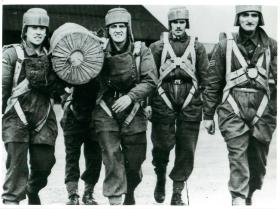
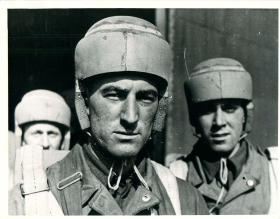
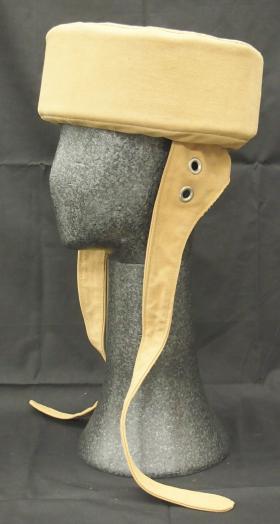
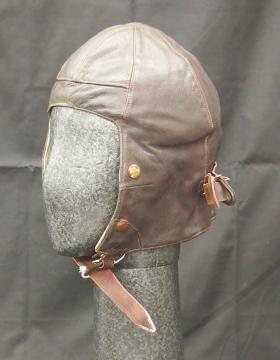
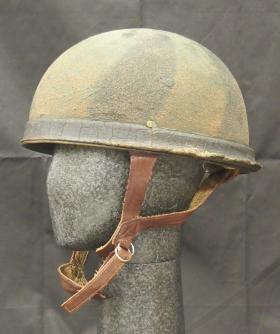
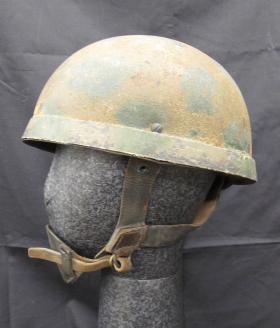
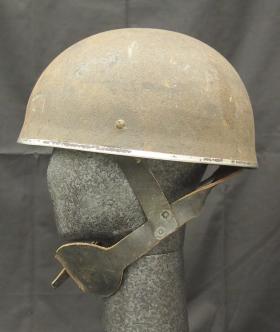
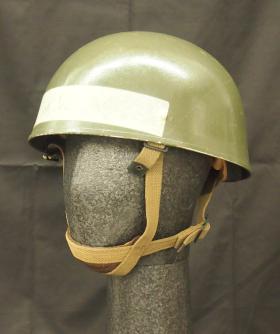
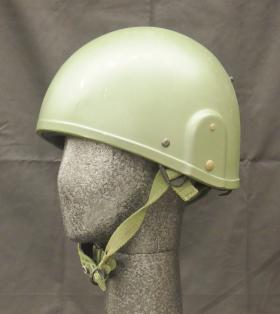
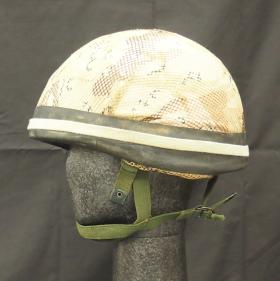
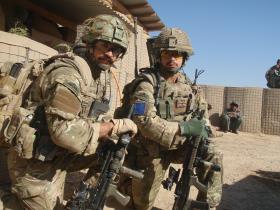
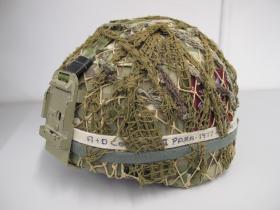

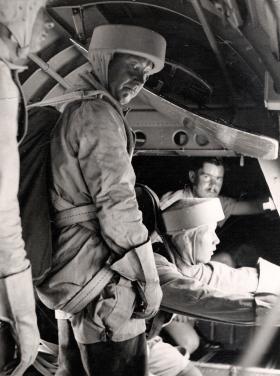
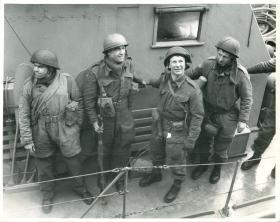
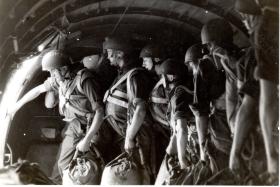
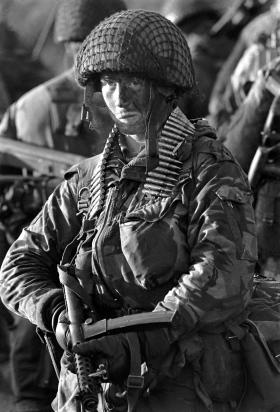
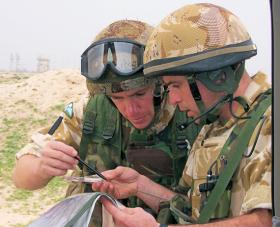
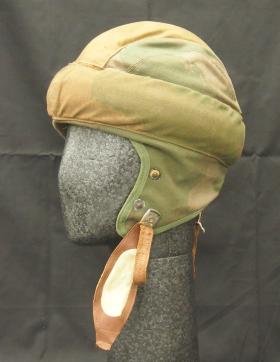
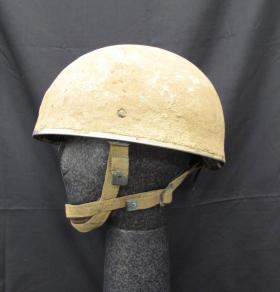
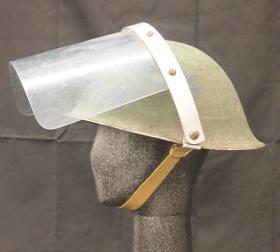
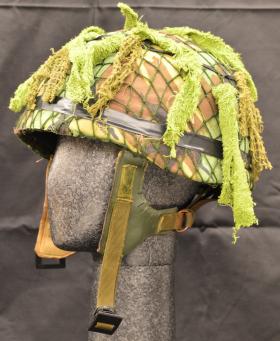
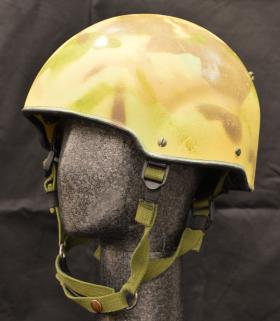
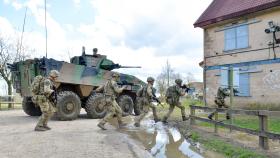
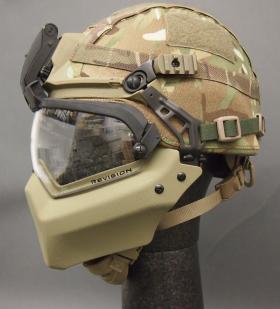
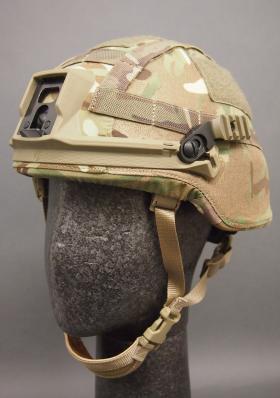
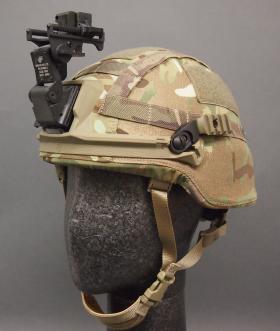
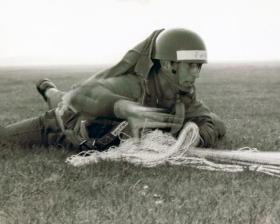
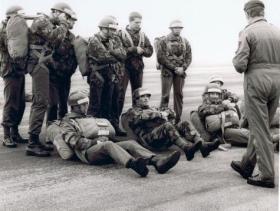




Latest Comments
There are currently no comments for this content.
Add Comment
In order to add comments you must be registered with ParaData.
If you are currently a ParaData member please login.
If you are not currently a ParaData member but wish to get involved please register.